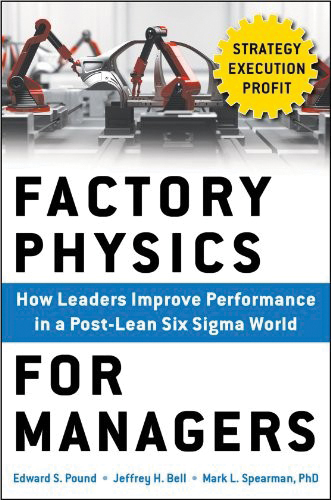Dilemma: We are thinking about adding a night shift to our schedule instead of my family or the outsourced call center handling overnight issues. How can we determine our shift capacity? Who should we consider asking to staff non-traditional hours, and what would be involved in creating a new shift? How can we keep the company profitable and costs manageable?
Thoughts of the Day: There are several factors to consider to best understand the numbers, like knowing how much you can handle now versus adding an extra shift. Reports will help you stay on top of what’s going on even when you’re not around and will keep the company profitable. Look internally for someone on your day shift who might be interested in becoming a supervisor to help manage a new shift.
 The industry already operates around the clock, so the demand for overnight staff is likely something you’ve put off for awhile by managing on your own with the help of a call center. Adding another shift costs less than you think: Unlike when you’re creating a whole new business venture, you don’t have to pay for things like real estate and equipment since they’re already in place. If you don’t think you have enough work for a full shift, start with a few evening hours and identify some of your staff members who are willing to take on a non-traditional schedule. Some of your managers and staff may enjoy the flexibility of working a 12 p.m. to 8 p.m. shift, for example.
The industry already operates around the clock, so the demand for overnight staff is likely something you’ve put off for awhile by managing on your own with the help of a call center. Adding another shift costs less than you think: Unlike when you’re creating a whole new business venture, you don’t have to pay for things like real estate and equipment since they’re already in place. If you don’t think you have enough work for a full shift, start with a few evening hours and identify some of your staff members who are willing to take on a non-traditional schedule. Some of your managers and staff may enjoy the flexibility of working a 12 p.m. to 8 p.m. shift, for example.
You might have to pay a premium to convince people to work outside standard hours for this industry, although you already have staff who are working those odd hours like chauffeurs and your dispatcher. You’ll need staff you can trust to effectively manage not only the work that has to be done but also the people handling that work. The best candidates typically will have demonstrated superior training, communication, and technical skills. When it comes to appointing an evening-shift supervisor, your best bet would be to find someone trustworthy who is already familiar with how your operations run.
Then hire night staff who have also proven better-than-average proficiency in their own departments—and make sure they have the people skills to match. Look for people who either prefer overnight shifts or have experience living that lifestyle. Staff the after-hours shift in part by asking daytime employees if they might be interested in an opportunity to grow. Consider shifting employees onto “shoulder hours”—allow those who arrive later during the day shift to work into the evening—if you don’t already. This will allow you to bridge some of the separation between the day and night teams.
Take additional safety precautions with your after-hours shift, especially in terms of your chauffeurs. Statistics show that accidents are more likely to happen outside the traditional 9-5 hours, as people tend to rush when they’re tired, particularly when they have less supervision. Whatever the cause, you want to do everything possible to ensure that you continue to have an accident-free work environment.
Communication will be a critical consideration when establishing your overnight team. It gets especially tricky for the night staff to follow protocol if they have questions about specific customers or requirements but don’t have the necessary resources to resolve the issue until the next morning—and immediacy is everything in this 24/7/365 industry. Set up a reliable communication system for the night shift to share information with daytime staff by email, internal messaging system, or some other option. You may need to designate a point person to ensure messages are conveyed properly, or even have someone on standby to answer questions as the overnight staff finds its footing.
 Decide what key things you’ll need to know about what happens during the night shift. Turn that into a report with boxes to fill in so that your shift supervisor knows what you expect from them in terms of feedback. Leave room at the bottom of the report for notes on special circumstances. Be prepared to modify the report criteria as needs or patterns emerge. Make a schedule to stay late at least once a week (especially in the beginning) to meet with your shift supervisor and talk about how things are going.
Decide what key things you’ll need to know about what happens during the night shift. Turn that into a report with boxes to fill in so that your shift supervisor knows what you expect from them in terms of feedback. Leave room at the bottom of the report for notes on special circumstances. Be prepared to modify the report criteria as needs or patterns emerge. Make a schedule to stay late at least once a week (especially in the beginning) to meet with your shift supervisor and talk about how things are going.
Looking for a good book? Try “Factory Physics for Managers: How Leaders Improve Performance in a Post-Lean Six Sigma World,” by Edward S. Pound and Jeffrey H. Bell. [CD1218]
Robyn Goldenberg is Director of Operations and business development for Strategy Leaders. She can be reached at robyn@strategyleaders.com.

